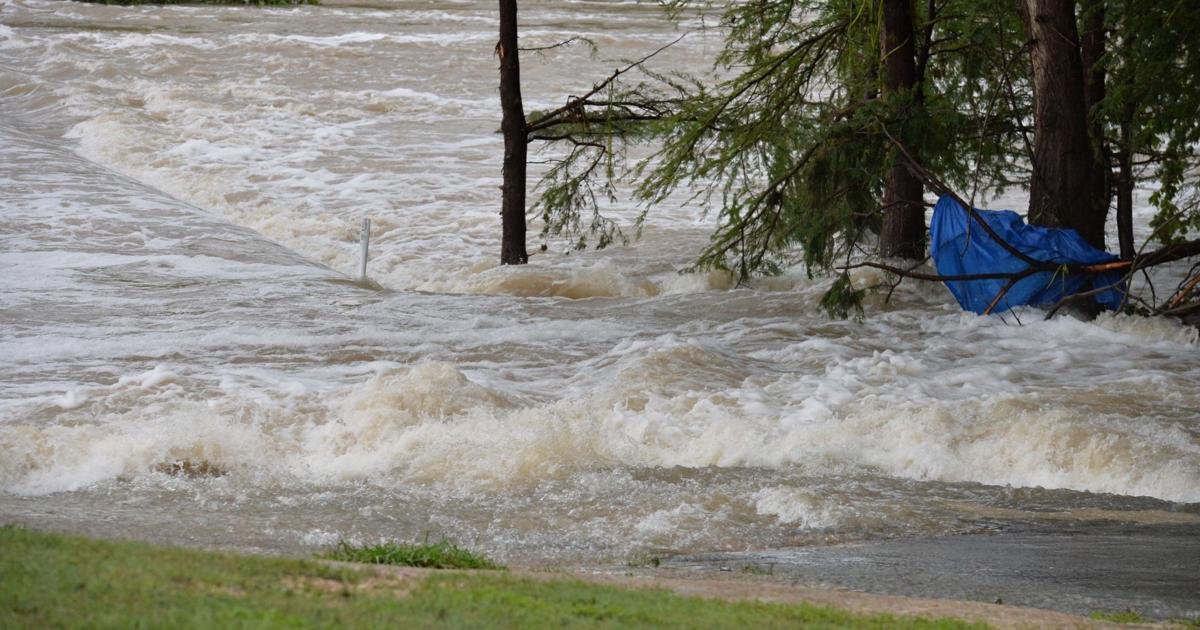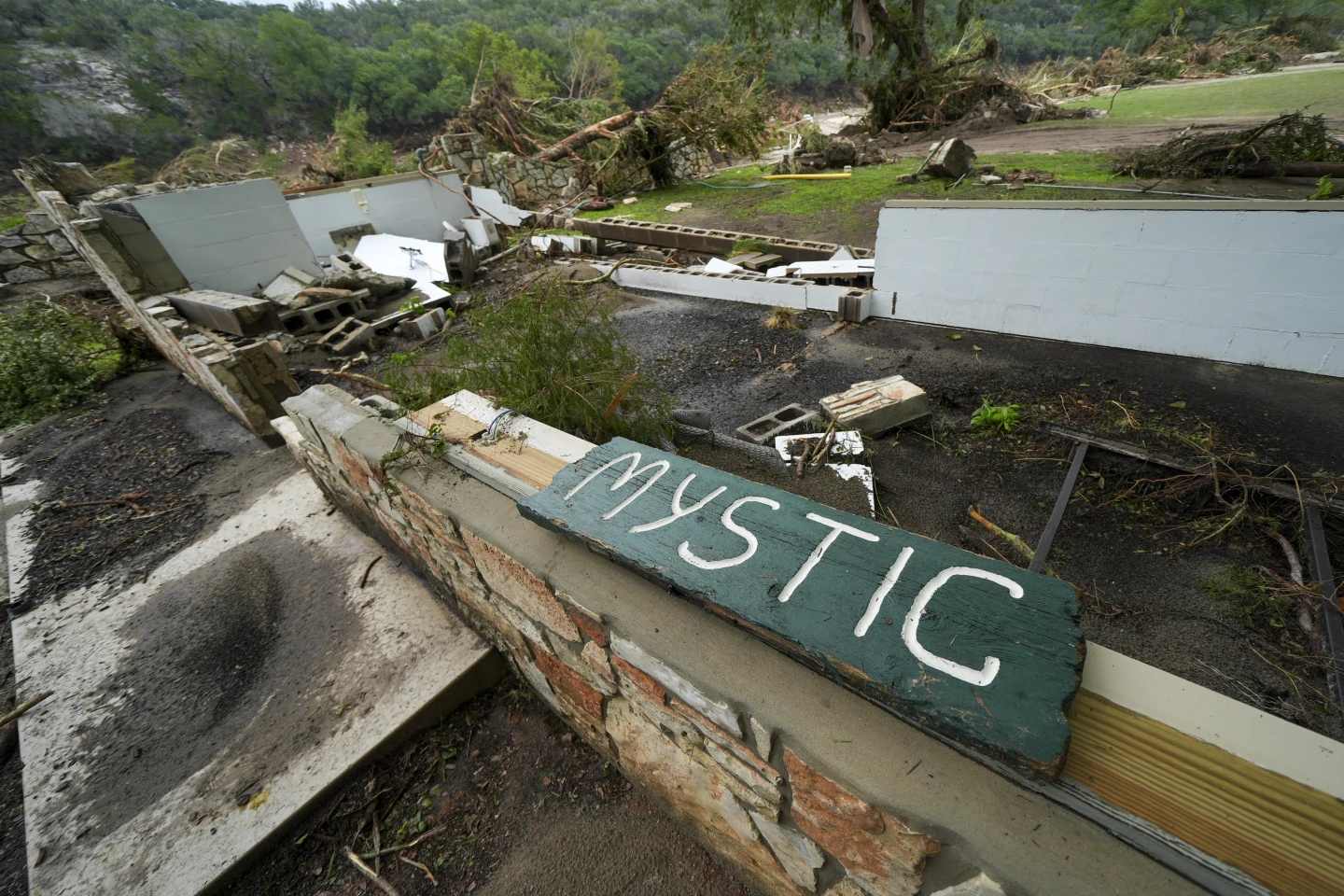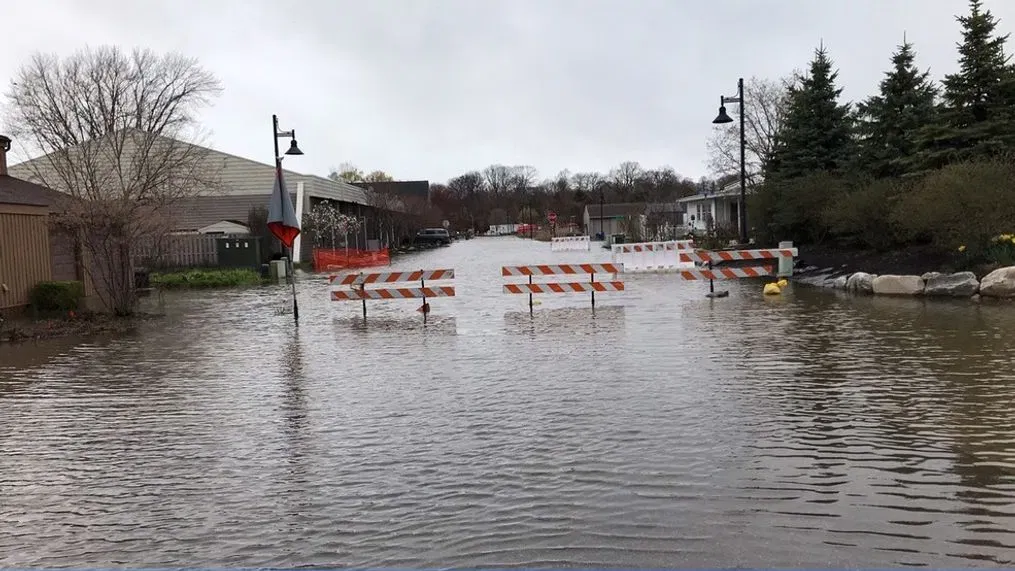By Pat Trevino, Cuero Online News
KERR COUNTY, TX – July 6, 202
As the Guadalupe River continues to surge through the aftermath of one of the deadliest natural disasters in recent Texas history, a second flood is rising—this one of public outcry. The storm that claimed at least 80 lives, 41 still missing including 15 children, is now raising questions about whether the very agencies tasked with protecting the public had the staffing, tools, or capacity to respond in time.
At the center of the discussion: deep federal cuts that gutted the infrastructure of the National Weather Service just months before the storm hit.
The Human Cost of Budget Cuts
Earlier this year, sweeping reductions enacted by the Department of Government Efficiency (DOGE) eliminated more than 560 positions within the National Weather Service (NWS)—amounting to nearly one-fifth of its workforce.
Among the critical roles left unfilled:
- The Warning Coordination Meteorologist for the Austin/San Antonio office
- The Meteorologist-in-Charge for the San Angelo forecast region
These aren’t back-office vacancies—they’re the forecasters and coordinators responsible for converting raw data into life-saving alerts. Their absence likely left a gap in real-time communication with emergency managers across the Hill Country, including those at youth camps like Camp Mystic, where multiple fatalities occurred.
“The absence of these personnel likely hindered coordination with local officials, delaying evacuation decisions at critical moments,” notes a Grok 3 analysis conducted in the wake of the disaster.”

With fewer experts on duty and critical communication roles vacant, the response was sluggish. Rainfall predictions underestimated the totals by several inches, and the delay in transmitting warnings to local emergency managers left communities dangerously exposed.
An internal NWS report from April 2025 described services in the region as “degraded”—an alarming term that now seems tragically prescient.
Systemic Weaknesses, Real Consequences
Even beyond staffing losses, the erosion of weather infrastructure has been widespread:
- Weather balloon launches were suspended at several stations.
- Climate programs lost funding, weakening long-term planning.
- Many local counties lacked sirens or automated alert systems, relying heavily on federal warning coordination that simply wasn’t there.
A Tragedy Foretold
For years, weather experts have warned that hollowing out agencies like NOAA and NWS would leave communities vulnerable. On July 4, those warnings became a reality.
“We didn’t know this flood was coming. Rest assured, no one knew this kind of flood was coming,” said Kerr County Judge Rob Kelly. “We had no reason to believe this was going to be anything like what has happened here.”
Yet the signs were there—not just in the sky, but in spreadsheets and congressional hearings where agency heads pleaded for resources.

Texas’ Hill Country has long been considered one of the most flash flood-prone regions in the United States. With warming ocean temperatures adding more fuel to stalled tropical systems, scientists say this won’t be the last such event—only the latest test of a system stretched too thin.
Forecasts Fell Short—and So Did Response Time
State emergency officials began mobilizing as early as July 2. On July 3 at 1:18 PM, the National Weather Service (NWS) issued a Flood Watch for Kerr and surrounding counties. By late evening, meteorologists flagged concerns for excessive rainfall as local warning systems struggled to keep pace:
But the most urgent warning—a Flash Flood Emergency, the highest level of flood alert—didn’t come until 4:03 AM on July 4, hours after intense rainfall began pounding the region. At 6:45 AM, water levels had surged over 26 feet in just 45 minutes with 100 billion gallons of water rushing downriver, pushing the Guadalupe over its banks. By the time the storm had passed entire neighborhoods and camps were submerged with little or no notice.
- Wireless Emergency Alerts were delayed or did not reach all residents
- Kerrville Police didn’t post an emergency bulletin to Facebook until 6:16 a.m., well after the river had overtaken roads, camps, and homes
Despite these alerts, many residents never received warnings in time. In some areas, local law enforcement didn’t post flood notices until dawn, after the river was already rising.
What’s Next?
A federal review of the response is expected, and Texas lawmakers are already pushing for hearings on DOGE’s role in undercutting emergency preparedness. Families of the victims are asking not only what went wrong—but whether it could have been prevented.
In the meantime, as the Guadalupe River inches back toward its banks, the grief and the agony remains—and so do the questions.
In the end, what happened in Kerr County wasn’t just a natural disaster. It was a failure of foresight—and a lesson in what happens when vital systems are gutted in the name of efficiency. Because when lives are on the line, forecasting isn’t just a science. It’s a lifeline.
AI-assisted research


